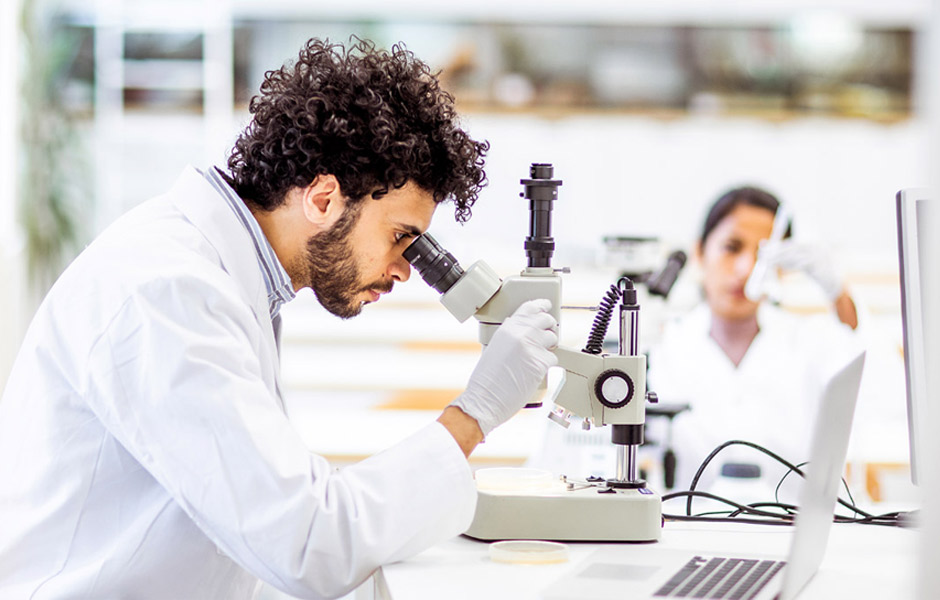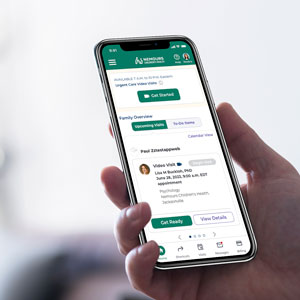Auditory Function in Children With ADHD
Clinical Trial
Offered by: Nemours Children's
Location: Delaware Valley
Trial Name
Efferent Auditory Function in Children with Attention-Deficit/Hyperactivity Disorder (ADHD)
What is the trial about?
The purpose of this study is to document differences in how the ear and the brain process sound between typically developing children and those diagnosed with Attention-Deficit/Hyperactivity Disorder (ADHD). The effect of ADHD medication on hearing will also be documented in a subset of subjects.
Who can participate?
Children between the ages of 7 and 12 years, who are diagnosed with ADHD. Children with non-stimulant ADHD medication will not be eligible for the study.
What is involved?
Children with ADHD who will start medical treatment for their ADHD will participate in two sessions (before and after the beginning of the medical treatment). Each session is expected to take about two hours. Children with ADHD who have been taking stimulant medication for their ADHD will participate in two sessions (when they are not taking stimulant medication and while they are on stimulant medication).
Each test is a non-invasive and a standard test used in everyday clinical practice to determine a patient's hearing, speech and vestibular abilities.
- Tympanometry and middle ear muscle reflexes: measures the flexibility of the eardrum and a muscle reflex that helps to protect the ear against loud sounds. A small probe will be placed in the subject's ear canal and a sound will be delivered while the pressure in the ear canal is changed. This test will help us determine if any hearing loss is coming from fluid or middle ear problems. The participant will hear the sound and feel some pressure in their ear during the test.
- Audiometry: a familiar test to most people and is a standard way of testing hearing. Sounds of different pitch and words are presented at different loudness to the participant. The subject will be asked to raise their hand (or press a button) when they are able to hear the sound. The participant will also be asked to repeat words that are presented to him.
- Speech perception: the participant will listen to words in quiet and in presence of noise and will be asked to repeat what he heard. His responses will be recorded for further analysis.
- Otoacoustic emission (OAE) measurements: otoacoustic emissions (OAEs) are a sound that is produced by the inner ear (cochlea) and are an objective measure of hearing ability. OAEs can be brought out as well by placing a sound in the ear canal and measuring the resulting sound produced by the cochlea (transient and distortion product otoacoustic emissions). The brain is also able to suppress these sounds when a sound is introduced into the opposite ear ("suppression" of OAEs). By measuring these OAEs and their suppression, we will be able to determine the participant's hearing objectively. To do this, a probe will be placed in the participant's ear canal to produce a sound and a small microphone in the probe will record the resulting sound from the cochlea. The participant will hear the sound from the probe and this sound may be absent during measurement, present in the ear, or applied to the other ear. The participant may watch a movie or play a game with a tablet computer (without audio) during this test.
- Handedness test: the subject will be asked to use 10 tools (e.g., pencil, toothbrush) as they would in their daily activities.
Is a Clinical Trial Right for Your Child?
Learn more about clinical trials and get answers to questions you might have.


